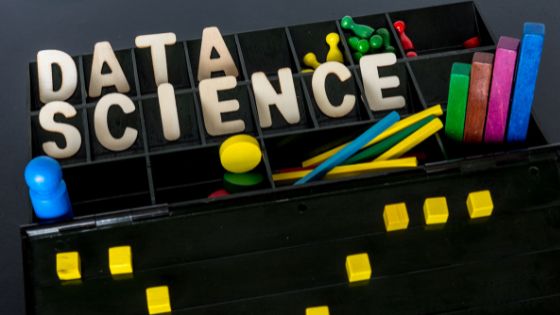The development of the Internet and the rapid growth of social media sites such as Facebook or Twitter have resulted in the free flow of information that has never been seen in human history. In the present era of these platforms, people share and create much more data than ever before. However, many of them can be misleading and have no connection to reality.
Detecting fake news articles from different domains like sports, entertainment, or technology is not an easy task. Al data science online course from Great Learning is highly recommended to master computation methods and unmask fake news.


Automating and categorising a text article as disinformation or misinformation is not easy. Even experts in a particular field must consider many things before deciding to give an opinion on the authenticity of the content. This guide will help us learn how to use machine learning to automate news articles’ classification.
What exactly does “fake news” mean?
Apart from other sources, news media has benefited from the widespread use of social media platforms, giving their subscribers up-to-date and real-time information. The news media has transformed from newspapers and magazines into digital formats like blogs, online news sites, social media feeds, and other forms of digital media.
It is now easier for users to have the latest information in their hands. Facebook’s referrals are the primary source of the traffic to news sites. Social media platforms are incredibly effective and beneficial because they allow users to talk about and share ideas and opinions on various subjects like education, democracy, health, etc.
However, these platforms are also used in some unfavourable views by some organisations primarily just for financial gain. They also create negative opinions, manipulate minds, and spread absurdity.
Sometimes there’s nothing “too big” with the news, but just some wildness mixed in to spice up the news, effects of which are insidious and sweeping. So, fake news is, in essence, a poison to society, doing nothing but misleading its readers.
Techniques for computation and unmasking fake news
Our worldview is formed by absorbing the information we are presented with. Evidence suggests that people respond strangely to information that later turns out false. A recent example is the spread of a novel coronavirus. False reports were circulated on the Internet concerning the source and the nature of the virus. The problem was exacerbated when more people were exposed to false information on the web.
The task of identifying fake information online is a difficult task. You can use various computational techniques to identify certain websites as fake based on their textual contents. These methods use fact-checking websites like PolitiFact and Snopes. Researchers run a variety of repositories, including a list of websites classified as fake and ambiguous.
However, the issue with these sites is that human experience is essential in determining whether websites or articles are fake. Additionally, fact-checking websites include articles from certain domains like politics.
Machine learning and the detection of fake news
When talking about the current fake news database, there are many situations where learning algorithms (supervised and unsupervised) are helpful to classify texts. However, most studies focus on particular datasets or domains, including politics.
Thus, the trained algorithm can only be used for an article’s content for a specific domain, and it can’t produce the best results when you use it on articles from different domains. Since different articles contain a distinct textual structure, it’s challenging to develop a universal algorithm targeting various news domains effectively.
Based on the information we’re learning from our ongoing Great Learning’s online course in data science, we can say that machine learning is helpful in the exploration of different text characteristics, which you can use to differentiate fake content from authentic.
Using these characteristics, we can create a mix of various machine learning algorithms using multiple techniques that are not yet fully explored in the existing research.
Ensemble learning has proven to be effective in many ways since the learning models tend to decrease errors by using techniques like bagging or increasing. These techniques surely help us learn various machine learning techniques straightforwardly and efficiently.
A few words about our research’s results
In the beginning, our experiment was purely to set aside doubts regarding whether machine learning is effective in tackling fraudulent news. There was no official test, and we were not engineers in data science; therefore, we didn’t anticipate an excellent product.
We conclude that the task of manually analysing news demands an in-depth understanding of the subject. Also, it requires expertise in identifying irregularities in the content.
In this study, we looked at the issue of spotting fake news articles by using machine learning models and ensemble techniques. We gathered and used the information in this study through sources on the World Wide Web. Also, we included news articles from many places to cover most of the news instead of just categorising news related to politics.
The main goal of our study is to discover patterns in the text that distinguish fake news from authentic ones. We extracted various textual characteristics from the news articles using an LIWC tool, and we further used features as input for the models.
The learned models were trained and tuned to achieve the highest accuracy. Some models had better accuracy than others. We also used multiple performance metrics to assess the performance of each algorithm.
The group learners have demonstrated an overall superior score across all performance metrics compared to the individual learners. Also, a data science engineer course can be the best solution if you want to research on your own.
Conclusion
Fake news detection is a complex issue with many open problems that require researchers to focus highly.
For example, finding the essential factors that stop the distribution of information is crucial to prevent the multiplication of false news.
Graph theory techniques and Machine learning are helpful to determine the primary sources included in the spreading and propagation of false information.
Also, live fake news detection in videos could be a different possibility for the future.
















